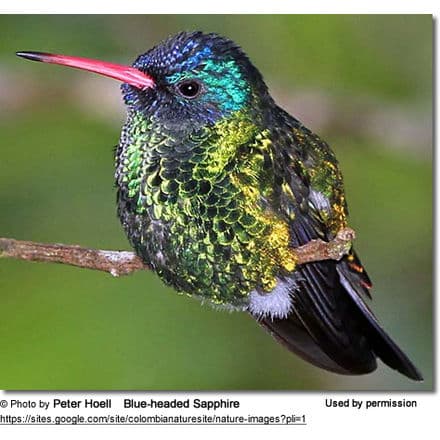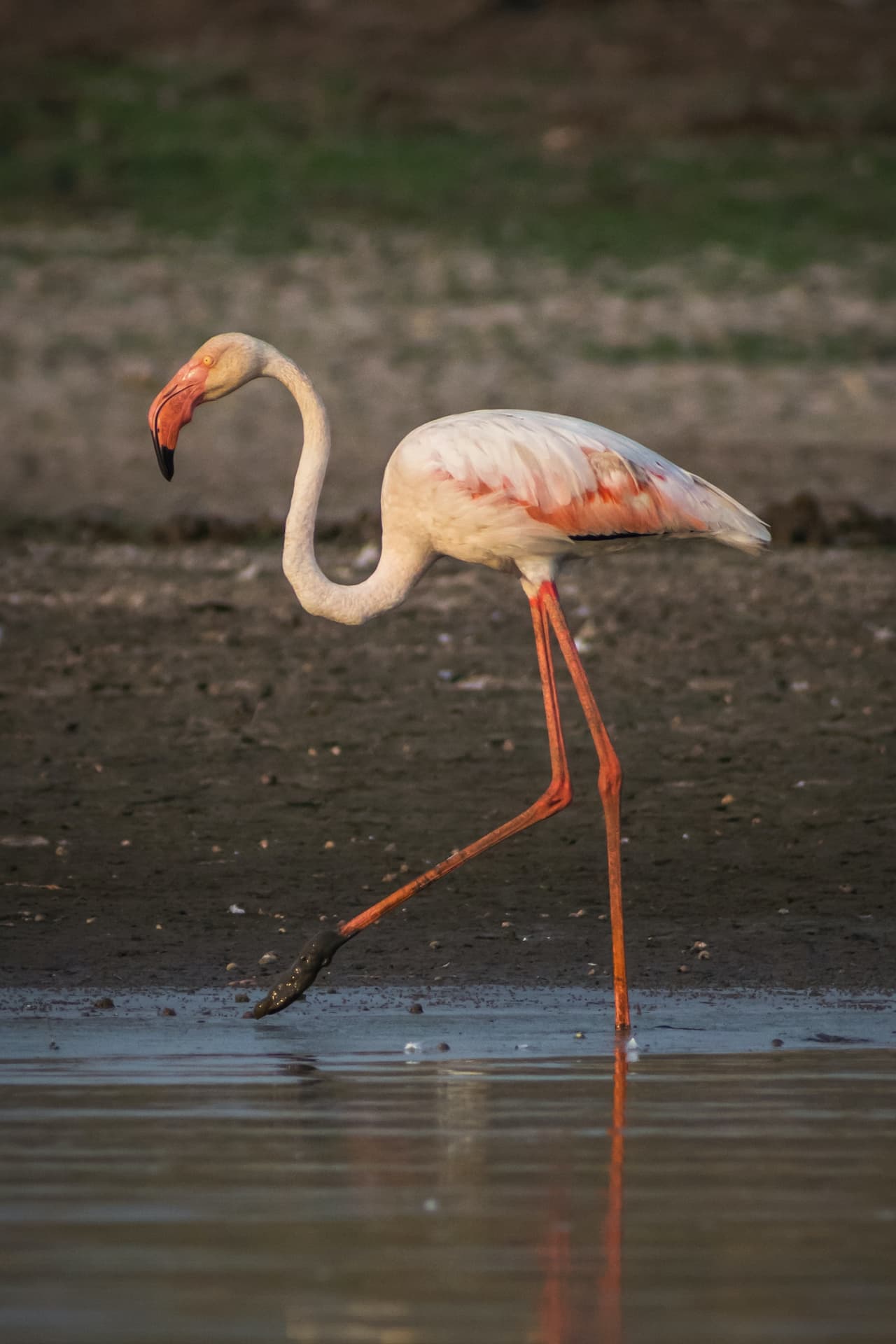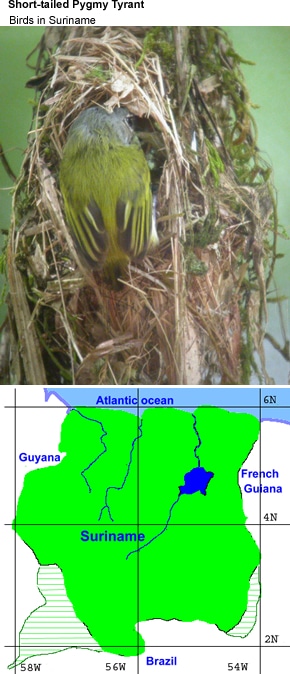New World Orioles (Icterus)
The New World orioles (Icterus) are part of the Icteridae family.
They are not related to the Old World orioles which are in the family Oriolidae, but are somewhat strikingly similar in plumage coloration (yellow/orange and black), size, diet, and behavior.
Description:
The males are typically black and yellow or orange with white markings. They are generally slender with long tails and a pointed bill.
The plumage of females and juvenile birds is generally duller.
These birds go through one molt in a year. The adult plumage is usually attained by the end of the second year.
Distribution / Range
The New World Orioles occur naturally in the Americas, from Canada south to Southern America; as well as the Caribbean islands.
Although some rare vagrants have been recorded as far as Ireland and Britain.
The species nesting in areas with cold winters (including Canada and most of the United States) are strongly migratory, while those species that occur naturally in the southern United States, Mexico and Central and South America are more sedentary (non-migratory).
Diet Feeding:
Orioles feed on berries, flower nectar, various soft fruits, and insects, including caterpillars.
They typically forage in trees and shrubs but also make short flights to catch insects in midair. In South America, they often feed in flowering trees (Ridgely and Tudor 1989).
They are often seen feeding at hummingbird feeders. Oriole feeders are similar to hummingbird feeders, except they are orange instead of red and have larger perches since orioles perch while feeding, while hummingbirds mostly hover in front of it.
Some species are also fond of oranges and are sometimes considered a pest of citrus crops. For those wishing to attract Orioles to their backyard, one easy way to do so is to cut an orange in half and hang those halves up in a tree or offer it on a bird table. Some orioles also readily accept offerings of grape jelly.
Breeding / Nesting:
Their breeding season usually commences in late April in its southern range and May in its northern range and lasts until about mid to end of June.
Its deep, tightly woven pouch nest is usually situated in the canopy of hardwood trees, about 25-30 feet (8-9 meters) above the ground. The nest is typically hanging down from the tip of a drooping branch. It is constructed of plant fibers, grasses, tree bark, and string.
The nest is designed to close the opening (entrance) when weighted, as it would be, for example, when there are chicks in the nest. This offers them protection from predators.
The hen lays 3 to 6 greyish-blue eggs with dark brown and black spots. She incubates these eggs for 12 to 14 days. Both parents care for the young, who leave the nest when they are about 12 to 14 days old.
The Brown-headed Cowbird may lay its eggs in the Oriole nest. This practice is commonly referred to as “brood parasitism.” Many birds will raise those as their own; however, the Oriole will eject the eggs of the Brown-headed Cowbird from its nest (Sealy and Neudorf 1995, Condor 97:369-375).
The following is a full species list:
- Altamira Oriole, Icterus gularis
- Audubon’s Oriole, Icterus graduacauda
- Baltimore Oriole, Icterus galbula
- Bar-winged Oriole, Icterus maculialatus
- Black-backed Oriole, Icterus abeillei
- Black-cowled Oriole, Icterus prosthemelas
- Black-vented Oriole, Icterus wagleri
- Bullock’s Oriole, Icterus bullockii
- Epaulet Oriole, Icterus cayanensis
- Greater Antillean Oriole, Icterus dominicensis
- Hooded Oriole, Icterus cucullatus
- Jamaican Oriole, Icterus leucopteryx
- Martinique Oriole, Icterus bonana
- Montserrat Oriole, Icterus oberi
- Moriche Oriole, Icterus chrysocephalus
- Yellow-backed Oriole, Icterus chrysater
- Orange Oriole, Icterus auratus
- Orange-crowned Oriole, Icterus auricapillus
- Orchard Oriole, Icterus spurius
- St. Lucia Oriole, Icterus laudabilis
- Scott’s Oriole, Icterus parisorum
- Yellow Oriole, Icterus nigrogularis
- Spot-breasted Oriole, Icterus pectoralis
- Streak-backed Oriole, Icterus pustulatus
- Troupial, Icterus icterus
- White-edged Oriole, Icterus graceannae
- Yellow-tailed Oriole, Icterus mesomelas




